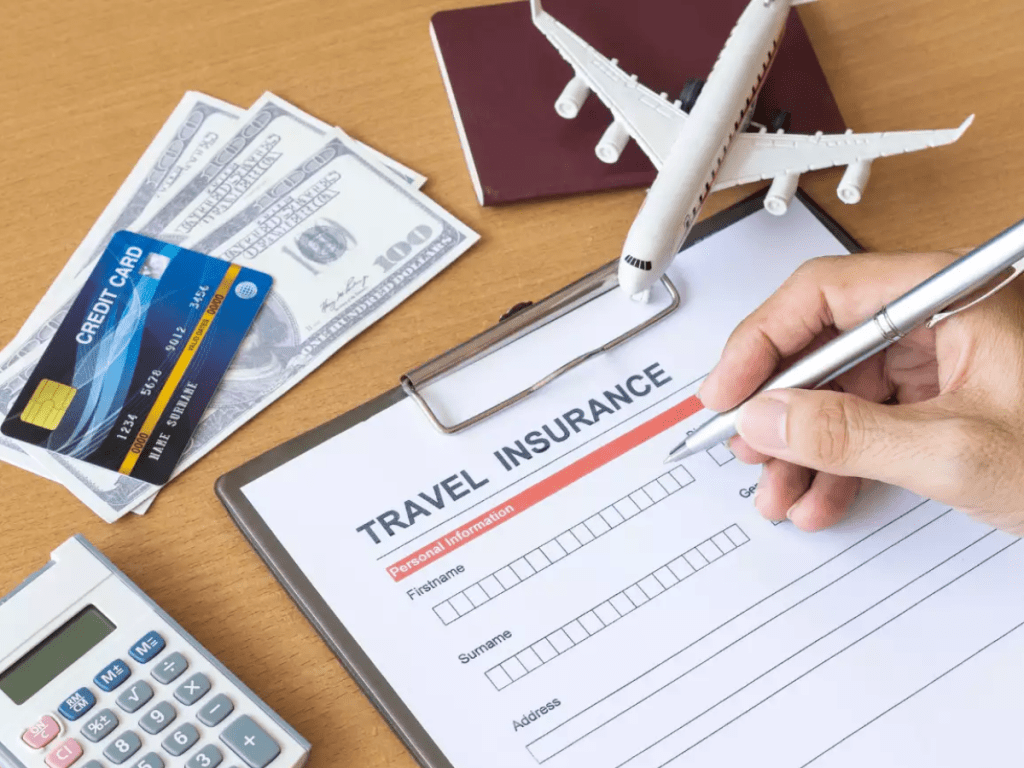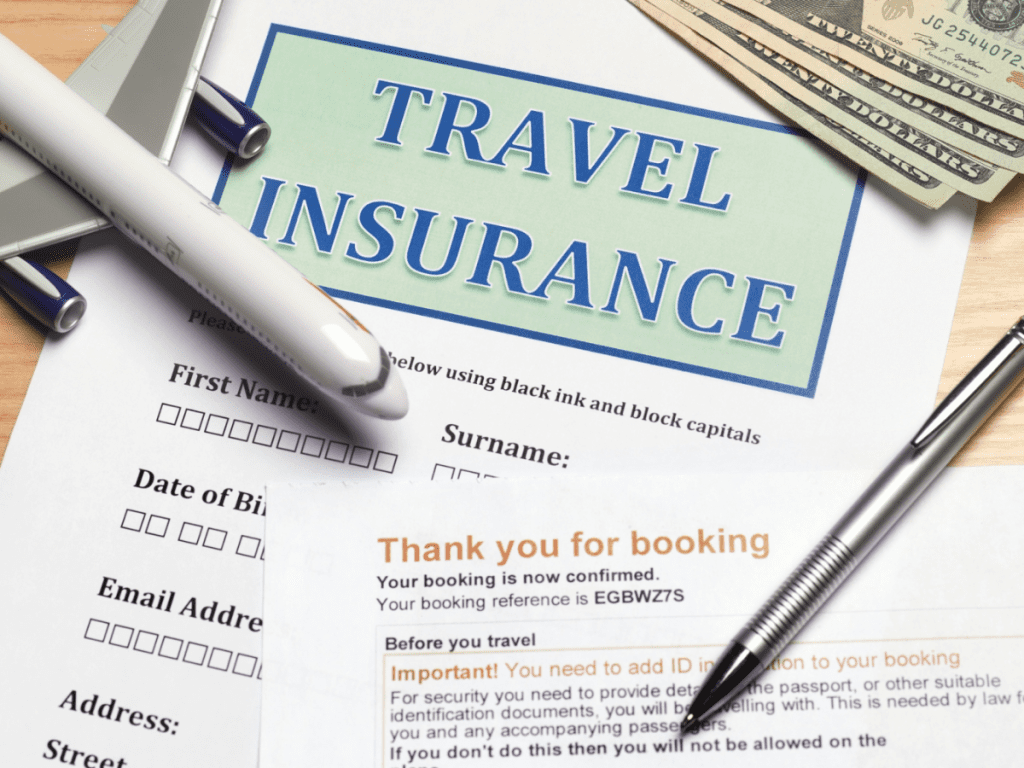Introduction
Traveling is one of the most enriching experiences a person can have. Whether it’s for leisure, business, or family, stepping into new places and experiencing different cultures is always memorable. However, as exciting as it is, travel also comes with its share of risks. From unexpected flight cancellations to medical emergencies, unforeseen events can quickly turn a dream vacation into a stressful ordeal. This is where travel insurance plays a vital role, offering peace of mind and financial protection.
Why Travel Insurance Matters
Travel insurance is a safety net that covers a variety of potential issues that could arise during your trip. These issues might include trip cancellations, delays, lost luggage, medical emergencies, and even natural disasters. Without adequate coverage, these incidents can result in significant out-of-pocket expenses and stress.
For example, imagine you’ve planned a two-week vacation to a tropical destination. Days before your departure, a sudden illness forces you to cancel your trip. Without travel insurance, you could lose all the money you spent on non-refundable tickets and reservations. With insurance, however, you can recoup those costs and focus on your recovery.
Types of Travel Insurance Coverage
Travel insurance policies come in various forms, each designed to address specific concerns. Understanding these types can help you choose the right policy for your needs:
- Trip Cancellation or Interruption Coverage: This type reimburses you for prepaid, non-refundable expenses if your trip is canceled or interrupted due to covered reasons such as illness, injury, or severe weather conditions.
- Medical Coverage: This includes emergency medical and dental expenses incurred during your trip. It’s especially crucial for international travel, as healthcare costs abroad can be exorbitant.
- Evacuation and Repatriation: In case of a medical emergency that requires evacuation to a hospital or even repatriation back to your home country, this coverage ensures that costs are taken care of.
- Baggage and Personal Belongings: This covers lost, stolen, or damaged luggage and personal items during your trip. It’s a valuable feature, especially for those traveling with expensive gear or essentials.
- Travel Delay Coverage: If your flight is delayed for a significant period, this coverage reimburses expenses such as meals, accommodation, and transportation during the delay.
- Accidental Death or Dismemberment: This provides financial compensation to you or your beneficiaries in case of severe injury or death during your trip.
Key Tips for Choosing Travel Insurance
- Assess Your Needs: Start by evaluating your travel plans and identifying potential risks. Are you traveling internationally? Do you have pre-existing medical conditions? Will you be engaging in high-risk activities like skiing or scuba diving? Tailor your policy accordingly.
- Compare Policies: Not all travel insurance policies are created equal. Shop around and compare the coverage, exclusions, and costs of different plans. Online comparison tools and reviews can help streamline this process.
- Read the Fine Print: Pay close attention to the policy’s terms and conditions. Understand what is covered, what isn’t, and any specific requirements, such as documentation needed for claims.
- Check Coverage Limits: Ensure the policy’s coverage limits are adequate for your trip. For instance, if you’re traveling to a country with high healthcare costs, verify that the medical coverage is sufficient.
- Consider Pre-Existing Conditions: If you have a medical condition, look for policies that cover pre-existing conditions. Many insurers offer this as an add-on or with specific terms.
- Evaluate Customer Support: A reliable insurance provider should have 24/7 customer support. This is critical in emergencies when you need immediate assistance.
Common Mistakes to Avoid
- Delaying Purchase: Don’t wait until the last minute to buy travel insurance. Purchasing it soon after booking your trip ensures you’re covered for cancellations or other pre-departure issues.
- Overlooking Exclusions: Every policy has exclusions. For instance, most policies won’t cover injuries from risky activities unless specifically stated. Understand these exclusions to avoid surprises later.
- Underestimating Coverage Needs: While it’s tempting to opt for the cheapest policy, inadequate coverage can cost you more in the long run. Balance affordability with comprehensive protection.
- Failing to Keep Documentation: In the event of a claim, insurers often require supporting documents such as receipts, medical reports, or police reports. Keep these handy throughout your trip.
How to File a Travel Insurance Claim
If you encounter an issue covered by your policy, follow these steps to file a claim:
- Notify Your Insurer: Contact your insurance provider as soon as possible to inform them of the incident. Many insurers have a specific timeframe within which claims must be reported.
- Gather Documentation: Collect all necessary documents to support your claim. These might include receipts, medical records, proof of trip cancellation, or police reports.
- Fill Out the Claim Form: Complete the insurer’s claim form accurately and provide all requested information. Missing details can delay the process.
- Submit the Claim: Send the completed form and supporting documents to your insurer. Many companies now offer online submission for faster processing.
- Follow Up: Monitor the status of your claim and respond promptly to any additional requests from the insurer.
Pro Tips for Travelers
- Keep a Digital Backup: Store copies of your travel insurance policy, identification, and important documents in cloud storage for easy access.
- Carry Contact Information: Save your insurer’s emergency contact number in your phone and keep a physical copy in your luggage.
- Understand Local Laws and Healthcare: Research the healthcare system and travel regulations of your destination. This can help you navigate emergencies more effectively.
- Leverage Credit Card Benefits: Some credit cards offer travel insurance as a perk. Check your card’s benefits before purchasing a separate policy.
- Stay Updated on Travel Advisories: Monitor travel advisories and weather updates for your destination. Some policies may not cover travel to areas under government-issued warnings.
When Travel Insurance Is Non-Negotiable
Certain situations make travel insurance indispensable. These include:
- International Trips: Healthcare costs abroad can be prohibitive, and travel insurance provides essential medical coverage.
- Expensive Vacations: For trips involving significant upfront costs, insurance protects your financial investment.
- Adventure Travel: High-risk activities like hiking, skiing, or diving necessitate specialized coverage.
- Traveling with Elderly or Kids: Family trips often involve additional risks, making comprehensive coverage crucial.
Final Thoughts
Travel insurance is an investment in your safety and peace of mind. While no one wants to think about worst-case scenarios, being prepared ensures you’re protected if things don’t go as planned. By understanding your needs, carefully selecting a policy, and staying informed, you can embark on your journey with confidence. Protect your travels and enjoy every moment knowing you’re covered.

